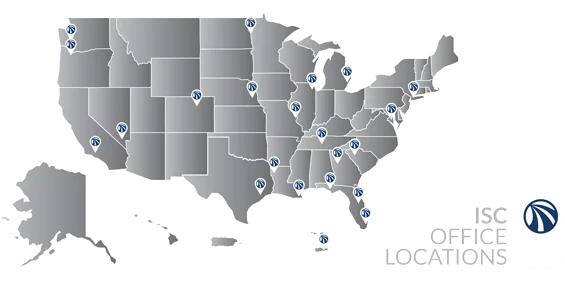In the realm of disaster recovery and emergency management, we often focus on individual hazards such as hurricanes, earthquakes, or floods. However, there are instances when multiple disasters strike simultaneously or in close succession, amplifying their devastating effects. On August 20, 2023, Southern California experienced a hurriquake firsthand. As the region was battered by Tropical Storm Hilary, bringing heavy rainfall and strong winds, a magnitude-5.1 earthquake struck near Ojai, approximately 80 miles northwest of Los Angeles. This unprecedented combination of natural disasters caught residents off guard and sparked widespread discussions on social media, with the hashtag #hurriquake trending on X (formerly Twitter).
While the concept of a hurriquake might seem novel, it is not entirely unheard of. In 2011, Japan faced a similar situation when a devastating magnitude-9.0 earthquake triggered a tsunami, all while the country was still reeling from the impacts of Typhoon Songda. The convergence of these disasters underscored the need for robust disaster preparedness and response strategies. When a hurricane and an earthquake occur in close proximity, the impacts can be compounded. Hurricanes bring heavy rainfall, storm surges, and strong winds, while earthquakes can cause structural damage, landslides, and infrastructure disruptions. The combination of these hazards can overwhelm emergency response efforts and hinder the ability of communities to recover effectively.
The Southern California hurriquake serves as a stark reminder that disasters do not always occur in isolation. Emergency management professionals must consider the potential for multiple hazards striking simultaneously and develop comprehensive plans to address such scenarios. This includes strengthening infrastructure resilience, enhancing communication systems, and promoting community preparedness. As we navigate an increasingly complex and interconnected world, the possibility of hurriquake and other multi-hazard events cannot be overlooked. By learning from past experiences, investing in research and technology, and fostering collaboration among stakeholders, we can better prepare ourselves to face the challenges posed by these extraordinary circumstances.


